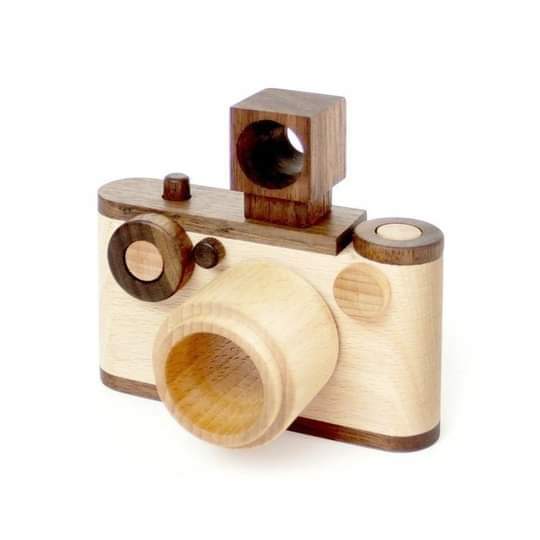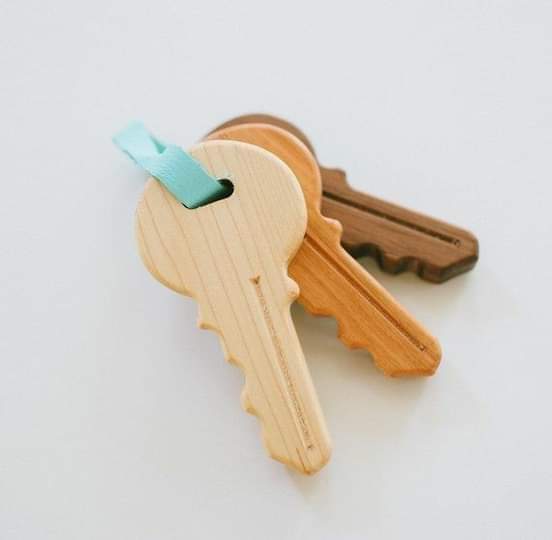Title: Rediscovering the Charm and Benefits of Wooden Toys
In today's digital age, where screens and gadgets often dominate children's playtime, there's a timeless appeal to the simplicity and authenticity of wooden toys. From classic blocks and puzzles to intricately crafted dolls and vehicles, wooden toys have been cherished for generations for their durability, aesthetic appeal, and developmental benefits. Let's delve into the world of wooden toys, exploring their history, advantages, and enduring popularity.
A Time-Honored Tradition
Wooden toys have a rich history that dates back centuries, with roots in traditional craftsmanship and natural materials. Before the advent of plastic and mass production, wooden toys were the primary playthings for children around the world. Handcrafted with care and attention to detail, these toys reflected the cultural heritage and craftsmanship of their makers, often passed down from generation to generation as cherished heirlooms.
Benefits of Wooden Toys
While modern toys come in a wide array of materials and designs, wooden toys offer unique advantages that set them apart:
Durability: Wooden toys are renowned for their durability and longevity. Unlike plastic toys that can break or wear out over time, wooden toys are sturdy and resilient, capable of withstanding rough play and frequent use without losing their charm or functionality.
Sensory Stimulation: Wooden toys engage multiple senses, providing tactile feedback, visual stimulation, and auditory cues as children interact with them. The natural texture, weight, and sound of wood enhance sensory exploration and cognitive development, fostering creativity, imagination, and problem-solving skills.
Environmental Sustainability: Made from renewable and biodegradable materials, wooden toys are an eco-friendly alternative to plastic toys, which contribute to landfill waste and environmental pollution. By choosing wooden toys, parents can reduce their carbon footprint and instill values of environmental stewardship in their children.
Open-Ended Play: Wooden toys encourage open-ended play, allowing children to explore and experiment in their own unique ways. Whether building, stacking, sorting, or role-playing, wooden toys spark creativity and imagination, enabling children to create their own narratives and scenarios without the constraints of predefined rules or objectives.
Timeless Appeal: With their classic designs and timeless appeal, wooden toys transcend trends and fads, appealing to children of all ages and generations. From simple shapes and colors to intricate designs and patterns, wooden toys evoke a sense of nostalgia and authenticity that resonates with both children and adults alike.
The Revival of Wooden Toys
In recent years, there has been a resurgence of interest in wooden toys as parents seek alternatives to mass-produced plastic toys and embrace a more natural and holistic approach to child development. Artisanal toy makers and boutique brands are crafting wooden toys with care and craftsmanship, celebrating the beauty of natural materials and traditional craftsmanship.
Conclusion
Wooden toys are more than just playthings; they are symbols of simplicity, sustainability, and timeless appeal. From fostering creativity and imagination to promoting sensory exploration and environmental consciousness, wooden toys offer a holistic and enriching play experience for children of all ages. As we rediscover the charm and benefits of wooden toys, we celebrate the enduring legacy of craftsmanship and the joy of simple pleasures in childhood play.




































0 Comments